Trading with Ichimoku Kinko Hyo
In the world of trading, finding a reliable strategy to navigate the complexities of the financial markets can be a daunting task. One tool that has gained popularity among traders is the Ichimoku Kinko Hyo. This comprehensive indicator offers a plethora of information at a glance, allowing traders to make informed decisions. In this article, we will delve deep into the Ichimoku system, its various components, and how to effectively implement it in your trading strategy. For a deeper dive, visit Trading with Ichimoku Kinko Hyo in Pocket Option https://trading-pocketoption.com/torgovlya-s-pomoshhyu-ichimoku-kinko-hyo-v-terminale-ot-pocket-option/.
Understanding the Components of Ichimoku Kinko Hyo
Ichimoku Kinko Hyo, often simply referred to as Ichimoku, encompasses five main components: Tenkan-sen (Conversion Line), Kijun-sen (Base Line), Senkou Span A & B (Leading Spans), and Chikou Span (Lagging Span). Each of these lines serves a specific function and, when interpreted together, provides a holistic view of the market’s direction.
1. Tenkan-sen (Conversion Line)
The Tenkan-sen is calculated by taking the average of the highest high and the lowest low over the last nine periods. This line is sensitive to price movement and provides quick signals about price changes. A cross of the Tenkan-sen above the Kijun-sen often indicates a potential bullish movement, while a cross below signifies bearish tendencies.
2. Kijun-sen (Base Line)
The Kijun-sen is a longer-term indicator, calculated over the last 26 periods. It represents the market’s momentum and can act as a support or resistance level. When the price is above the Kijun-sen, it indicates an uptrend, while a price below it suggests a downtrend.
3. Senkou Span A & B (Leading Spans)
Senkou Span A is the average of the Tenkan-sen and Kijun-sen, plotted 26 periods into the future. Senkou Span B is the average of the highest high and lowest low over the past 52 periods, also plotted 26 periods into the future. The area between Senkou Span A and B forms the “cloud,” which acts as a dynamic support and resistance zone. A bullish signal occurs when the price is above the cloud, while a bearish signal is indicated when it’s below.
4. Chikou Span (Lagging Span)
The Chikou Span represents the closing price plotted 26 periods into the past. Its position relative to the current price and the cloud can provide additional confirmation for trends. If the Chikou Span is above the price, it confirms bullish sentiment, whereas if it’s below, it signals bearish trends.
Using Ichimoku Kinko Hyo in Trading
To effectively use Ichimoku in trading, it’s important to combine its signals with other analytical methods. Here are a few strategies for incorporating Ichimoku into your trading plan:

1. Trend Identification
One of the primary uses of Ichimoku is identifying the prevailing trend. Traders can observe the relationship of the price to the cloud. When the price is above the cloud, traders should look for buying opportunities, while a price below indicates potential selling opportunities.
2. Entry and Exit Points
Traders often use crosses of the Tenkan-sen and Kijun-sen as entry signals. A bullish crossover can signal the timing to enter a long position, while a bearish crossover may suggest exiting or shorting the market. Additionally, observing how the price interacts with the cloud can provide confirmation for setting stop-loss or take-profit levels.
3. Support and Resistance Levels
The cloud, formed by the Senkou Span A and B, serves as dynamic support and resistance. Prices consistently respecting the cloud can signal continuation or reversal, offering traders insights into potential price movements.
Common Mistakes to Avoid with Ichimoku
While Ichimoku can be an effective tool, common pitfalls often arise. Here are several mistakes to avoid:
1. Ignoring Timeframes
Different timeframes can yield different signals. A signal that appears valid on a shorter timeframe might conflict with trends on a longer timeframe. Always consider the broader context before making decisions.
2. Over-Reliance on Signals
Using Ichimoku’s signals in isolation can be misleading. Combine it with other technical analysis tools, such as volume or RSI, to confirm your analysis.
3. Failing to Adapt
The market is dynamic, and strategies should evolve. If your method isn’t yielding results, be open to adapting your approach rather than strictly adhering to the Ichimoku signals.
Conclusion
The Ichimoku Kinko Hyo system is a valuable tool for traders seeking to improve their market analysis and decision-making. By understanding its components and how to apply them effectively, traders can gain insights into market trends, identify potential entry and exit points, and manage risk more effectively. Remember to combine Ichimoku with other analytical methods to create a more robust trading strategy. With practice and patience, the Ichimoku can significantly enhance your trading performance.

Comentarios recientes